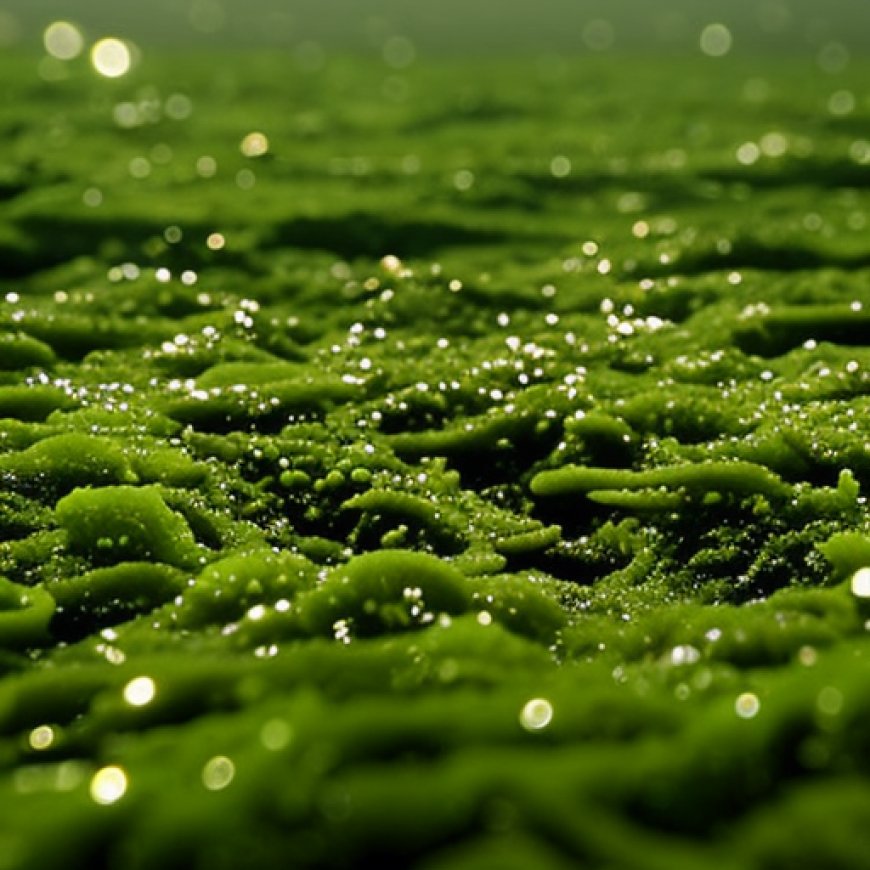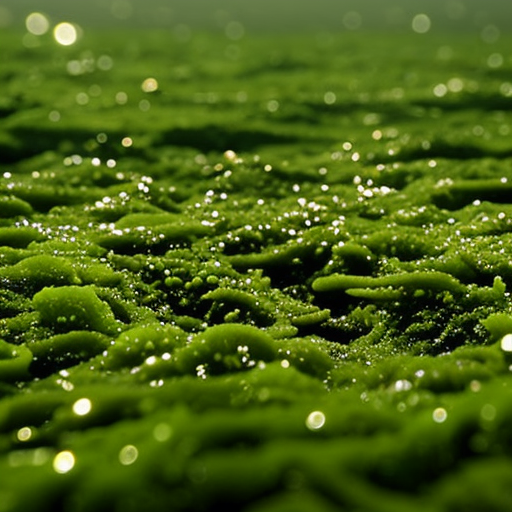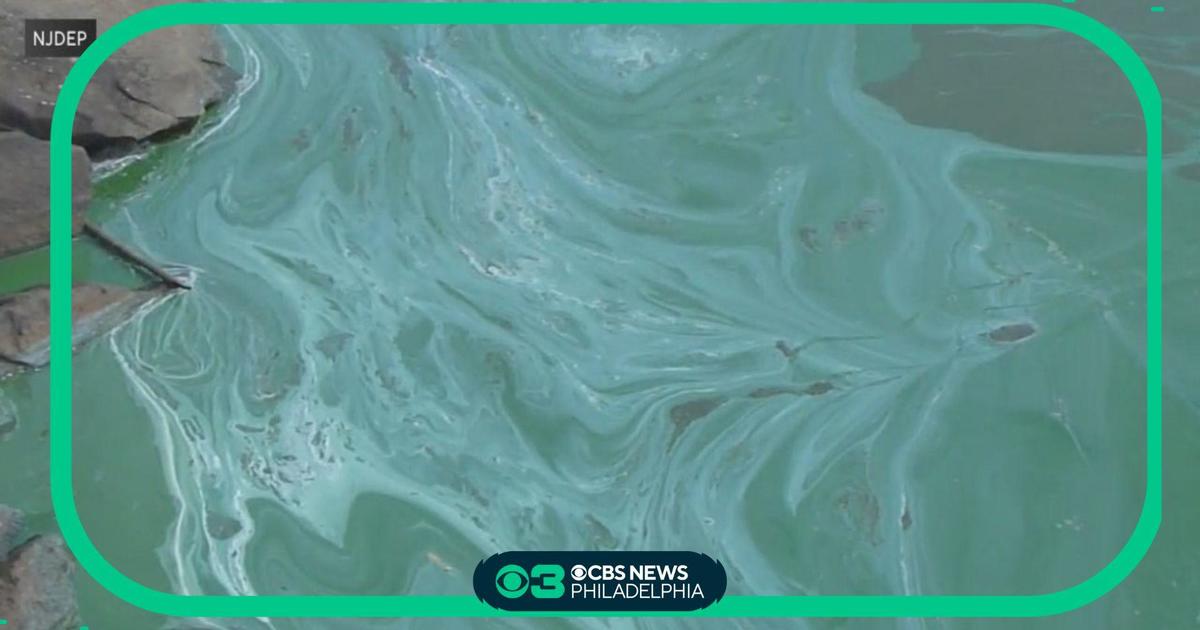Here’s how you can help keep New Jersey drinking water clean and safe from harmful algal blooms
Here's how you can help keep New Jersey drinking water clean and safe from harmful algal blooms CBS Philly


Here’s how you can help keep New Jersey drinking water clean and safe from harmful algal blooms

New Jersey waterways are experiencing a spike in harmful algal blooms that threaten waterways used by towns for drinking water.
Water pollution is a significant issue in New Jersey, with harmful algal blooms becoming a growing concern. These blooms, caused by excessive nutrients in the water, can have detrimental effects on the environment and human health. They can lead to the depletion of oxygen in the water, resulting in fish kills and other aquatic life losses. Additionally, some algal blooms produce toxins that can contaminate drinking water sources, posing a risk to public health.
The Sustainable Development Goals (SDGs) established by the United Nations aim to address various global challenges, including water pollution. SDG 6 specifically focuses on ensuring clean water and sanitation for all. It emphasizes the importance of protecting and restoring water-related ecosystems, reducing pollution, and improving water quality.
To help combat harmful algal blooms and protect New Jersey’s drinking water, individuals can take the following actions:
- Reduce nutrient pollution: Excessive nutrients, such as nitrogen and phosphorus, contribute to the growth of harmful algal blooms. By reducing the use of fertilizers and properly disposing of waste, individuals can help minimize nutrient runoff into waterways.
- Support wastewater treatment upgrades: Upgrading wastewater treatment facilities can help remove nutrients from wastewater before it is discharged into water bodies. Supporting initiatives and policies that promote these upgrades can have a significant impact on reducing nutrient pollution.
- Participate in community clean-up efforts: Getting involved in local clean-up events can help remove litter and pollutants from waterways, preventing them from contributing to algal blooms.
- Advocate for stronger regulations: Encouraging policymakers to implement and enforce stricter regulations on nutrient pollution can help prevent harmful algal blooms and protect water quality.
- Conserve water: Conserving water reduces the demand for water resources, minimizing the need for withdrawals from potentially contaminated sources.
By taking these actions, individuals can contribute to the achievement of SDG 6 and help ensure clean and safe drinking water for communities in New Jersey. It is crucial to prioritize the protection of water resources and work towards sustainable solutions to address water pollution challenges.
SDGs, Targets, and Indicators
1. Which SDGs are addressed or connected to the issues highlighted in the article?
- SDG 6: Clean Water and Sanitation
- SDG 13: Climate Action
2. What specific targets under those SDGs can be identified based on the article’s content?
- SDG 6.3: By 2030, improve water quality by reducing pollution, eliminating dumping and minimizing release of hazardous chemicals and materials, halving the proportion of untreated wastewater and substantially increasing recycling and safe reuse globally.
- SDG 13.1: Strengthen resilience and adaptive capacity to climate-related hazards and natural disasters in all countries.
3. Are there any indicators mentioned or implied in the article that can be used to measure progress towards the identified targets?
The article does not explicitly mention any indicators. However, indicators that can be used to measure progress towards the identified targets may include:
- Water quality measurements, such as levels of harmful algal blooms and pollutants in waterways.
- Monitoring of climate-related hazards and natural disasters in the region.
Table: SDGs, Targets, and Indicators
| SDGs | Targets | Indicators |
|---|---|---|
| SDG 6: Clean Water and Sanitation | SDG 6.3: By 2030, improve water quality by reducing pollution, eliminating dumping and minimizing release of hazardous chemicals and materials, halving the proportion of untreated wastewater and substantially increasing recycling and safe reuse globally. | Water quality measurements, such as levels of harmful algal blooms and pollutants in waterways. |
| SDG 13: Climate Action | SDG 13.1: Strengthen resilience and adaptive capacity to climate-related hazards and natural disasters in all countries. | Monitoring of climate-related hazards and natural disasters in the region. |
Behold! This splendid article springs forth from the wellspring of knowledge, shaped by a wondrous proprietary AI technology that delved into a vast ocean of data, illuminating the path towards the Sustainable Development Goals. Remember that all rights are reserved by SDG Investors LLC, empowering us to champion progress together.
Source: cbsnews.com

Join us, as fellow seekers of change, on a transformative journey at https://sdgtalks.ai/welcome, where you can become a member and actively contribute to shaping a brighter future.







